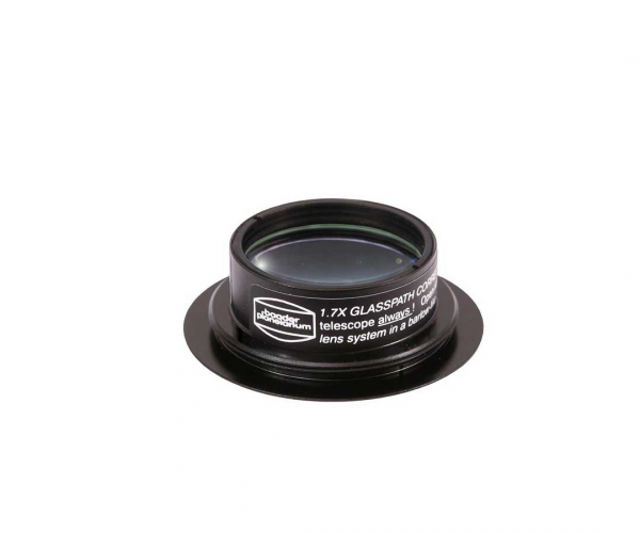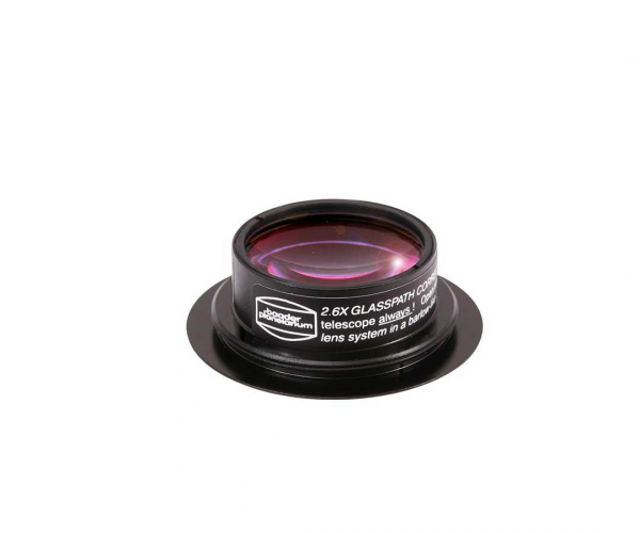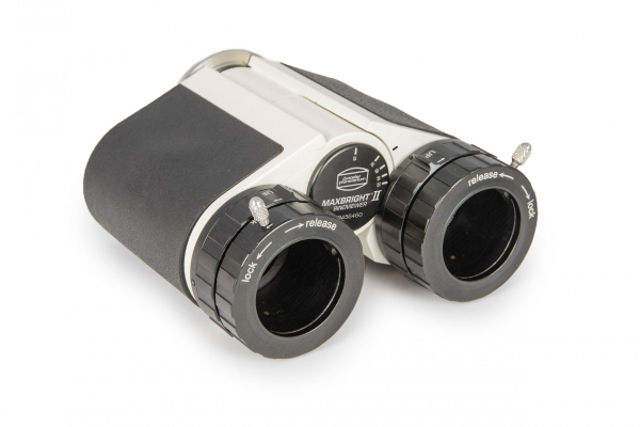Binocular viewer and accessories:
- Home /
- Secondhand & Stock /
- On stock /
- Binocular viewer and accessories:
Baader Glaspath Corrector 1.7x for Mark V ZEISS Baader Binocular
Item condition: new and original packed
Item condition: new and original packed
127.00 €
Estimated delivery time : 2-3 days (valid for new orders)
Baader # 2456317 optical path corrector 1:2,6 for Baader Binocular
Item condition: new and original packed
Item condition: new and original packed
132.00 €
Estimated delivery time : 2-3 days (valid for new orders)
Baader Maxbright II Binocularviewer incl. case
Item condition: new, but not original packed
Item condition: new, but not original packed
479.00 €
Estimated delivery time : 1-4 days (valid for new orders)


